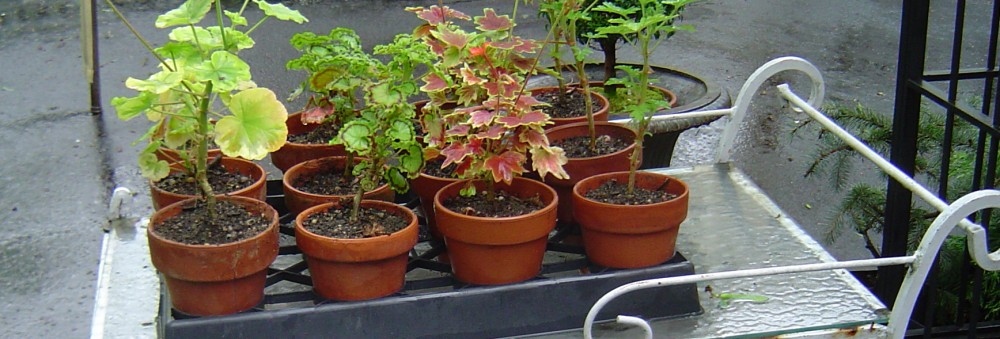The garden is finally put to bed. All the clean up and cut back is done. The biggest pots and oak water barrel are cozily wrapped in plastic topped with burlap – they sit like packages waiting to be discovered. The meadow had its annual cutback and now lies with a nice covering of fallen leaves that offer all manner of sustenance and refuge to wildlife. The surrounding shrubs remain uncut – they lend some winter interest but more importantly, they too provide shelter and some more food for active critters.
The tiny greenhouse is home to so many tender perennials and tropicals that the small table and chair placed in for WFH respite is a very tight squeeze. Still, it’s always wonderful to spend time in there. The lemons were harvested over the weekend. They sit looking so beautiful – orbs of captured sunshine. I’ve set aside time to make a big batch of lemon marmalade tomorrow. That stuff gets consumed so rapidly that I might have to restrict it to ‘Sunday breakfast only’. No doubt , it’d lead to a mutiny!
Similarly, the many jars of basil and nasturtium pesto, pear brandy and limoncello, Concord grape jelly and vegetable stock made from the bounty from the garden through the fall, will bring great pleasure to many winter meals.
What remains to be done are maintenance chores like getting tools with blades sharpened, restocking on twine, stakes and such, bringing back order to the garden workbenches and shelves, checking what needs replacing or repairing and acting accordingly. I have the hyacinth forcing vases cleaned and ready for action for when the time is right to get the cooling bulbs out of the refrigerator.
Making our holiday decorations from materials found in the garden and woods gives me a wonderful sense of comfort and joy. The garden provides through all the seasons. That is the best deal of all.
(c) 2021 Shobha Vanchiswar
[do_widget “Blog Subscriptions (Jetpack)”]








































































































